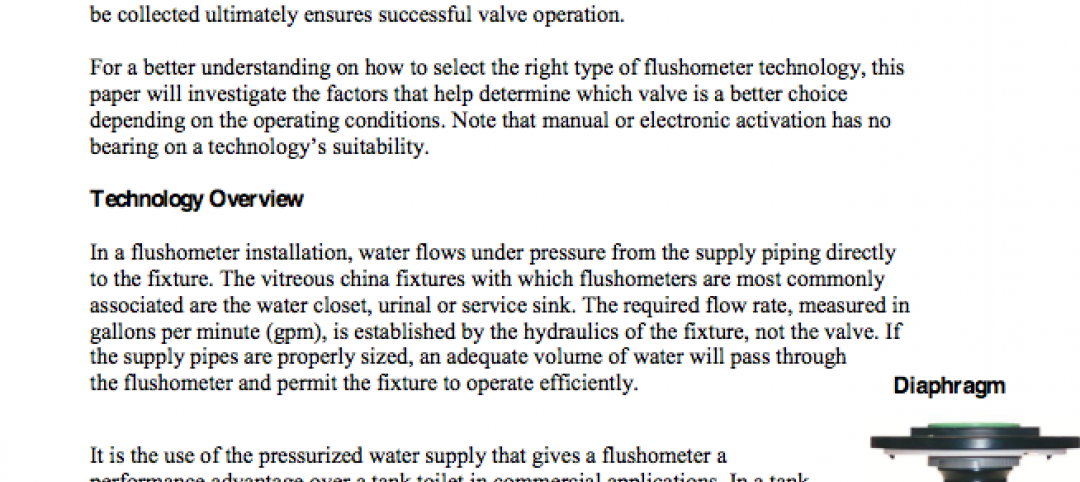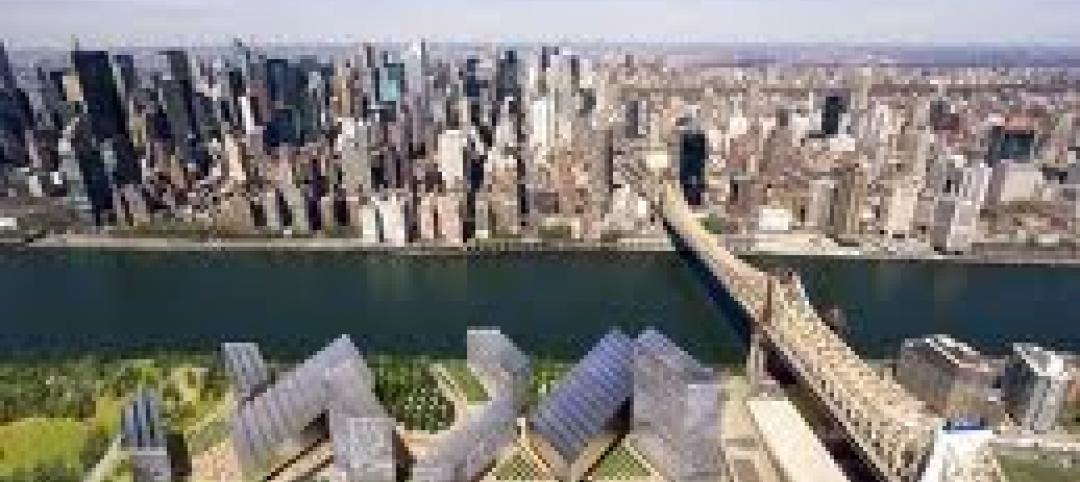On July 20, the University of Michigan in Ann Arbor opened Mcity, a 32-acre simulated urban and suburban controlled environment, designed specifically to test the potential of connected and automated vehicle technologies.
The $6.5 million project comprises a five-mile stretch of roads, some of them up to five lanes. Mcity includes rearrangeable architecture such as buildings, streetlights, parked cars, traffic lights and stop signs, sidewalks, and other obstacles. Robotic pedestrians and mechanized bikes roam throughout Mcity.
The miniature city is developed and designed by the university’s two-year-old Interdisciplinary Mobility Transformation Center, a partnership of several automotive companies, the Michigan Department of Transportation, researchers from UM’s Transportation Research Institute, and its College of Engineering.
“The initiative demonstrates the great potential in working with partners outside the University to address compelling issues of broad impact,” said UM’s president Mark Schlissel. NPR reports that 15 companies, which include Ford, GM, and Nissan, paid $1 million each to help build Mcity.
Companies like Google, Toyota, Uber, and Apple have been working on self-driving technologies that rely on GPS, radar and remote sensors known as LIDAR. So far the test results have been impressive, albeit in a limited sense. Experts anticipate that driverless streets and highways could be a common reality within the next 10 to 15 years. The real challenge, though, is getting driverless cars to react to and interact with how humans drive.
Google, which began its self-driving project in 2009, currently averages 10,000 autonomous miles per week on public streets. Over six years of testing through May 2015, its driverless vehicles had been involved in 12 minor accidents during more than 1.8 million miles of autonomous and manual driving combined. “Not once was the self-driving car the cause of the accident,” claims Google in a recent progress report. However, Google’s test cars rarely go beyond 25 miles per hour and so far have been limited to roads the car’s computers have already analyzed.
As the New York Times reported earlier this month, autonomous vehicles right now are programmed to drive overly cautiously, compared with humans’ typically aggressive driving habits. Autonomous cars “have to learn to be aggressive in the right amount, and the right amount depends on the culture,” Donald Norman, director of the Design Lab and the University of California, San Diego was quoted as saying.
Mcity, then, provides a testing ground for driverless cars in unpredictable conditions.
“There are many challenges ahead as automated vehicles are increasingly deployed on real roadways,” explains Peter Sweatman, director of the U-M Mobility Transformation Center. “Mcity is a safe, controlled and realistic environment where we are going to figure out how the incredible potential of connected and automated vehicles can be realized quickly, efficiently and safely.”
NPR quotes university researchers who are hoping to have 20 to 30 automated cars driving around Ann Arbor’s streets within the next six years.
Related Stories
| Jun 1, 2012
New BD+C University Course on Insulated Metal Panels available
By completing this course, you earn 1.0 HSW/SD AIA Learning Units.
| May 31, 2012
2011 Reconstruction Award Profile: Seegers Student Union at Muhlenberg College
Seegers Student Union at Muhlenberg College has been reconstructed to serve as the core of social life on campus.
| May 29, 2012
Reconstruction Awards Entry Information
Download a PDF of the Entry Information at the bottom of this page.
| May 24, 2012
2012 Reconstruction Awards Entry Form
Download a PDF of the Entry Form at the bottom of this page.
| May 1, 2012
White paper discusses benefits of diaphragm and piston flushometer valves
The white paper highlights considerations that impact which type of technology is most appropriate for various restroom environments.
| Apr 13, 2012
Goettsch Partners designs new music building for Northwestern
The showcase facility is the recital hall, an intimate, two-level space with undulating walls of wood that provide optimal acoustics and lead to the stage, as well as a 50-foot-high wall of cable-supported, double-skin glass
| Apr 13, 2012
Best Commercial Modular Buildings Recognized
Judges scored building entries on a number of criteria including architectural excellence, technical innovation, cost effectiveness, energy efficiency, and calendar days to complete, while marketing pieces were judged on strategy, implementation, and quantifiable results. Read More
| Mar 1, 2012
Cornell shortlists six architectural firms for first building on tech campus
Each of the firms will be asked to assemble a team of consultants and prepare for an interview to discuss their team’s capabilities to successfully design the university’s project.
| Feb 22, 2012
Perkins Eastman expands portfolio in China and Vietnam
Recent awards, project progress signal ongoing commitment to region.
| Jan 4, 2012
Shawmut Design & Construction awarded dorm renovations at Brown University
Construction is scheduled to begin in June 2012, and will be completed by December 2012.















